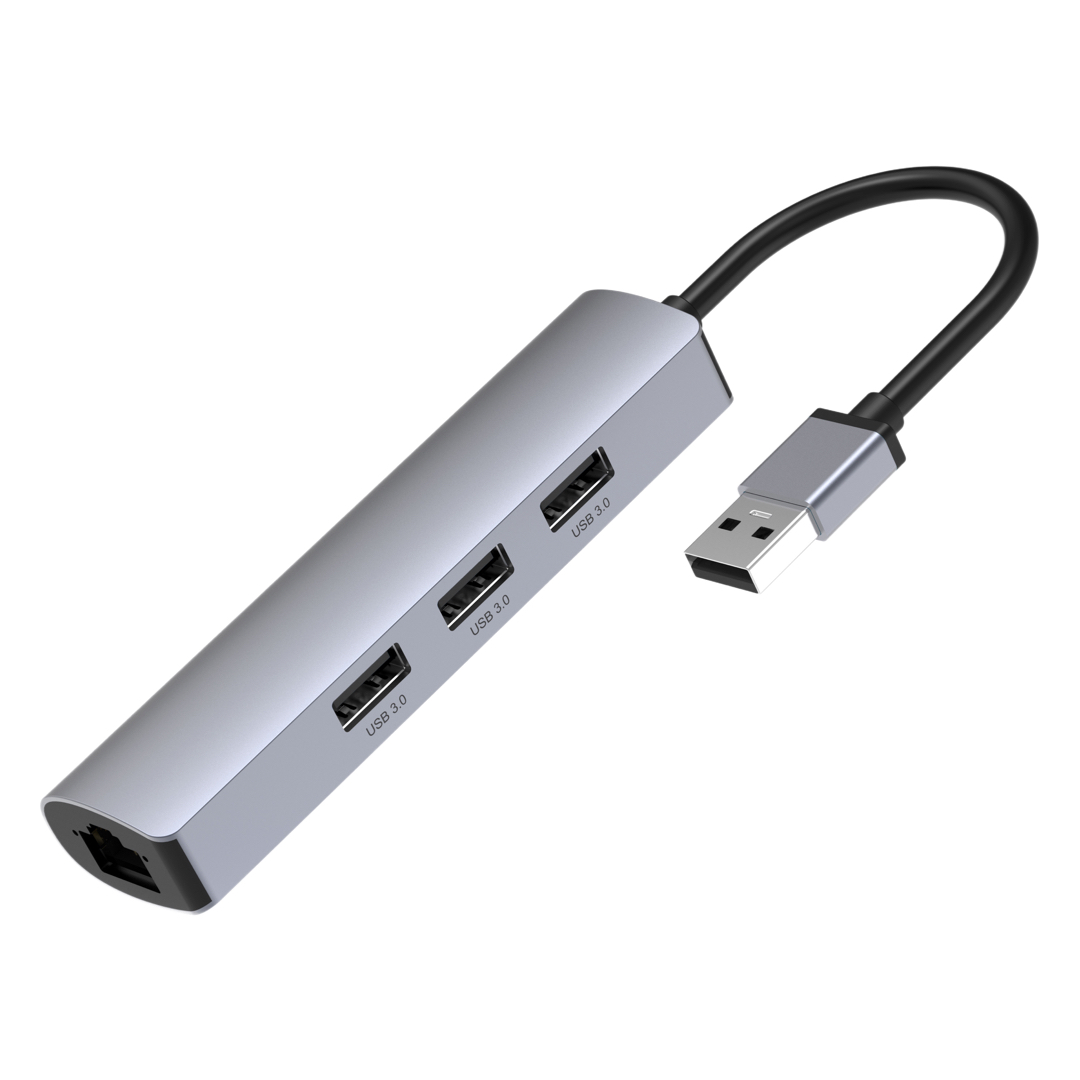Understanding USB Hubs: An Overview

USB hubs are devices that expand the number of USB ports available on a computer or other electronic device. They allow multiple peripherals, such as printers, keyboards, mice, and external hard drives, to connect to a single USB port. USB hubs come in various sizes and designs, but they all serve the same purpose of providing additional USB connections.
Common Connection Issues and Troubleshooting
Even though USB hubs are convenient, they can sometimes pose connection problems that require troubleshooting. Here are some common issues you may encounter and their solutions:
1. Insufficient Power Supply
When multiple high-powered devices are connected to a USB hub, it may not have enough power to supply them all. This can cause intermittent disconnections or devices not being recognized. To solve this issue, ensure that your USB hub is powered by an external power adapter rather than relying solely on the device it is connected to.
2. Compatibility Issues
USB hubs may encounter compatibility issues with certain devices or operating systems. Check if your USB hub is compatible with your devices and operating system by referring to their documentation or consulting the manufacturer's website. If compatibility issues arise, consider updating the USB hub's firmware or drivers.
3. Loose Connections
Loose connections between the USB hub and the devices can result in intermittent or faulty connections. Ensure that all cables and connectors are securely plugged in, and eliminate any possible strain on the cables. Additionally, try connecting the devices directly to the computer's USB ports to check if the issue lies with the USB hub.
4. Bandwidth Limitations
USB hubs share the available bandwidth among connected devices. If multiple high-bandwidth devices are in use simultaneously, such as webcams or high-speed storage devices, it can lead to reduced performance or even disconnections. To resolve this, consider connecting high-bandwidth devices directly to the computer and use the USB hub for lower-bandwidth peripherals.
5. Faulty USB Hub
In some cases, the USB hub itself may be defective or malfunctioning. To determine if the USB hub is the culprit, try connecting your devices directly to the computer and see if the issue persists. If the problem is resolved, consider replacing the USB hub with a reliable and high-quality one.
Conclusion
USB hubs offer convenience and flexibility by expanding the number of USB ports available on a computer. However, connection issues can sometimes arise. By understanding the common problems and implementing the troubleshooting steps provided, you can effectively solve connection woes when using USB hubs. Remember to always refer to the documentation or seek support from the manufacturer for specific troubleshooting steps related to your USB hub model and devices.



